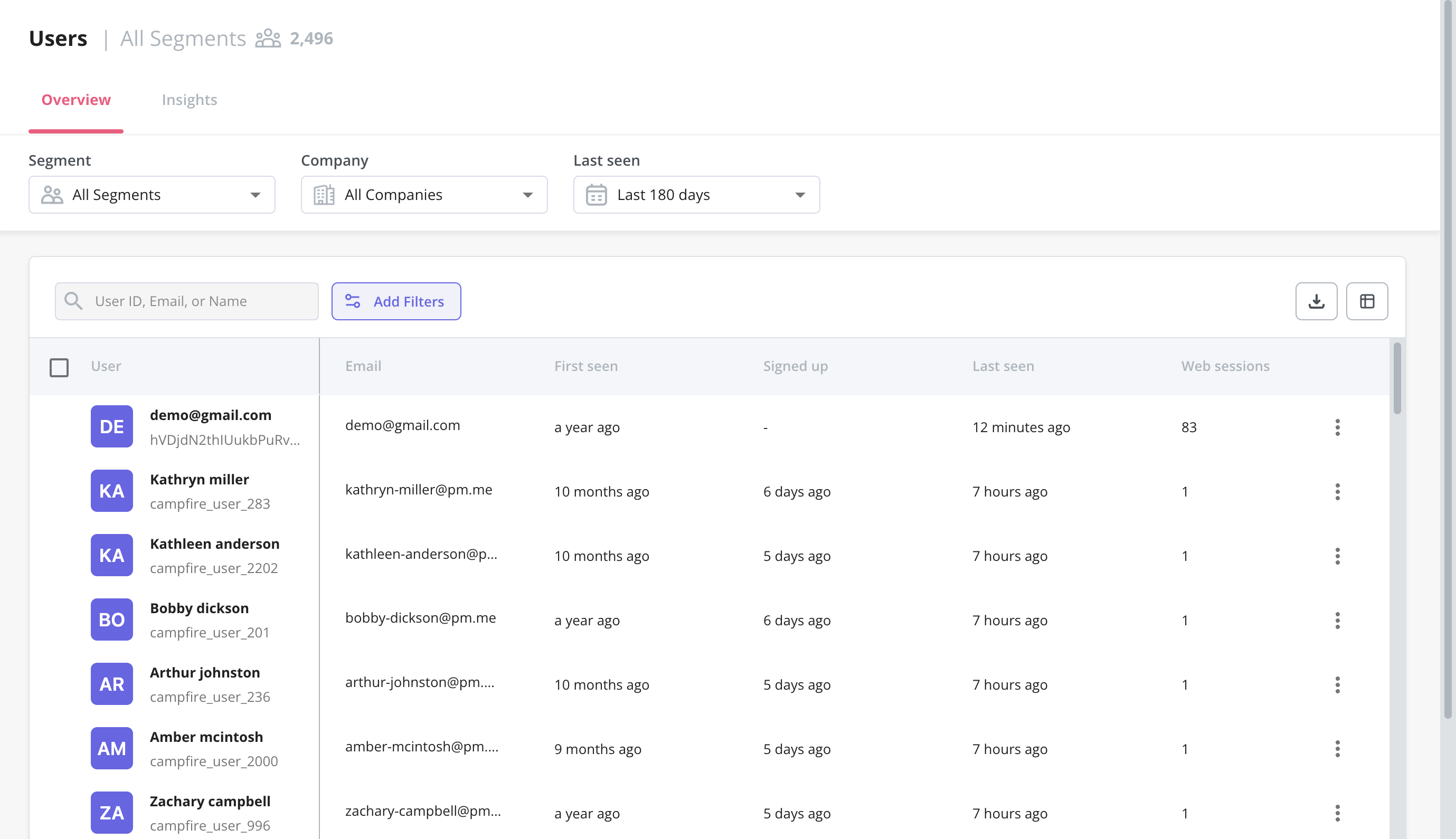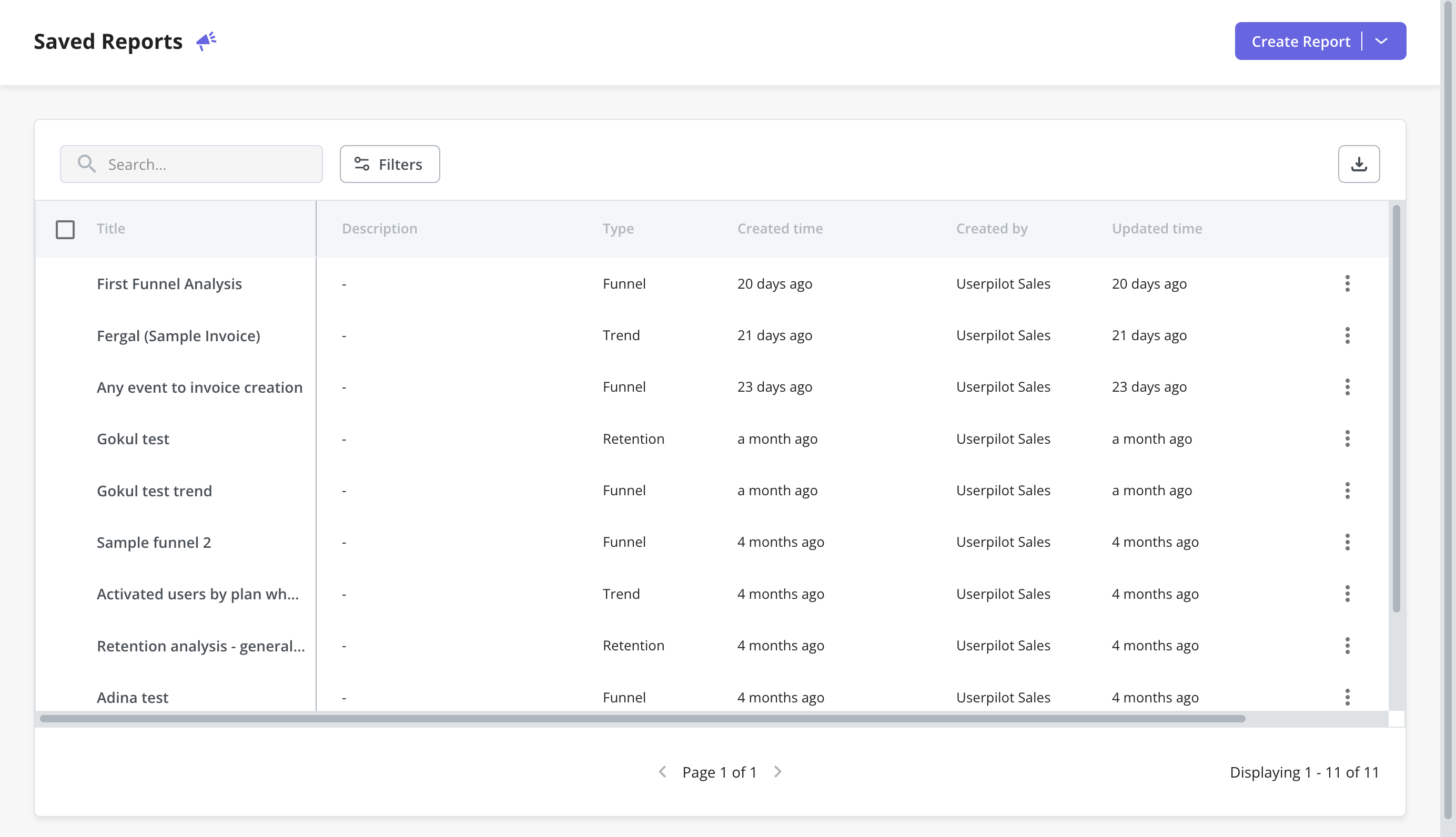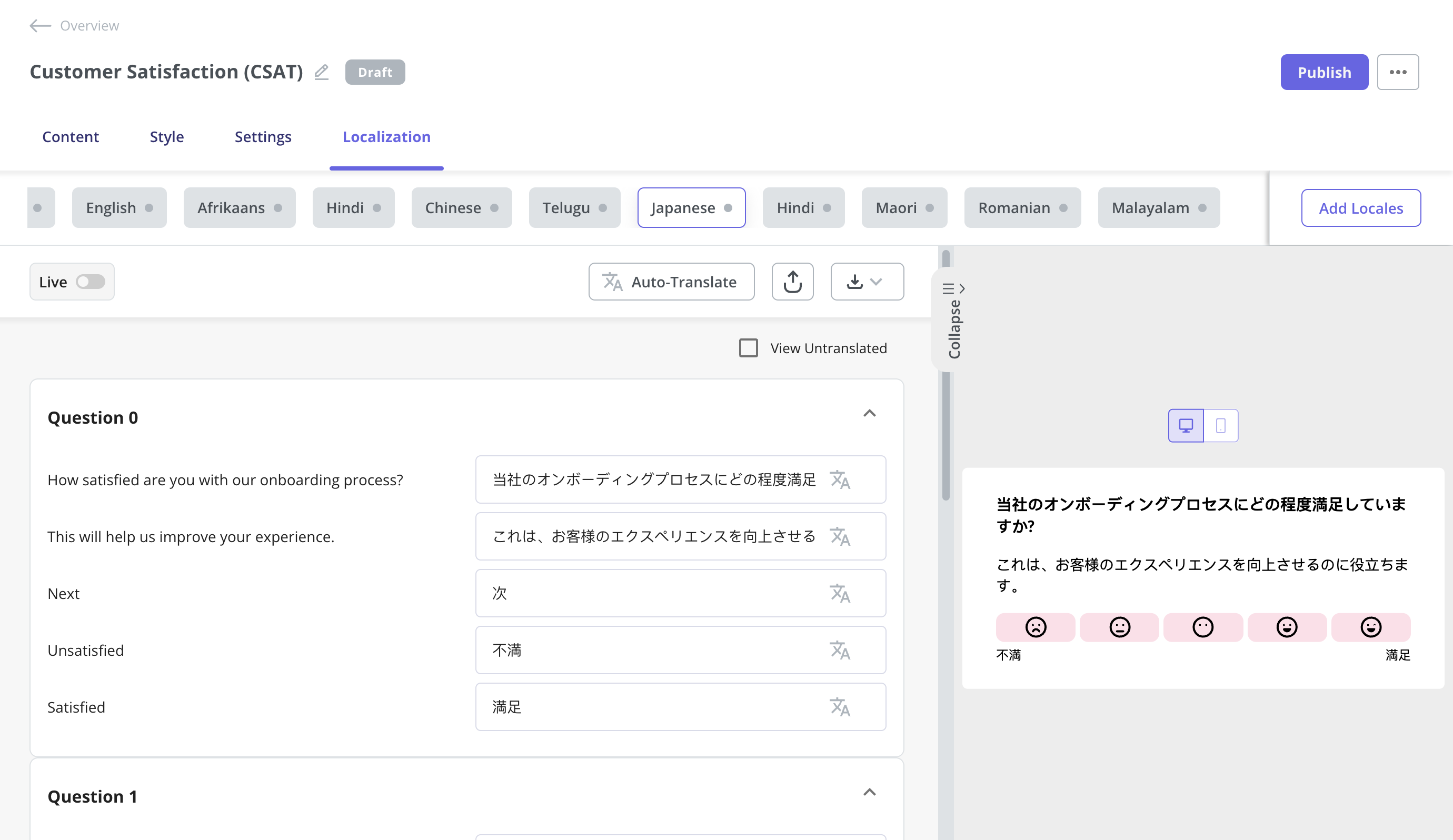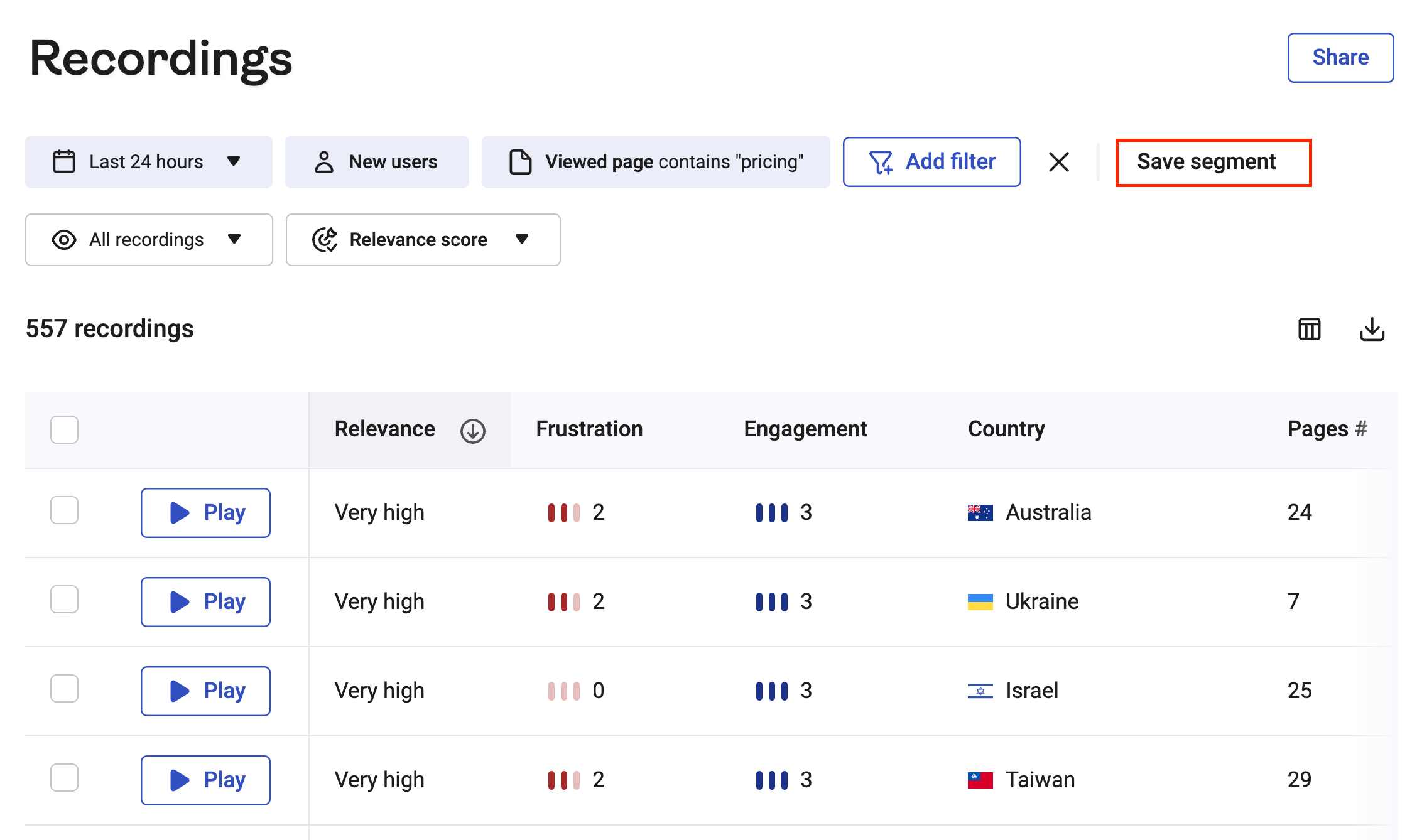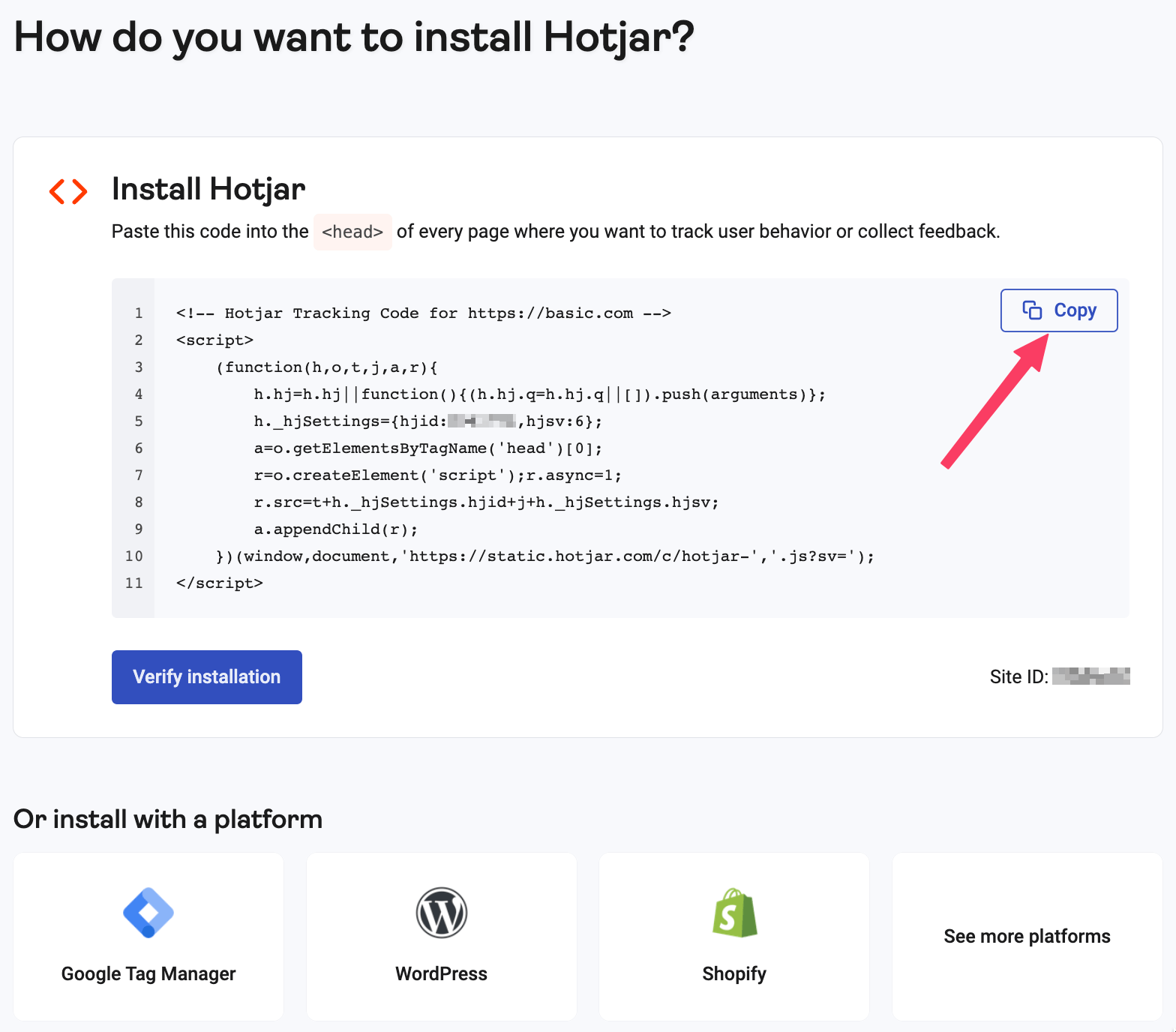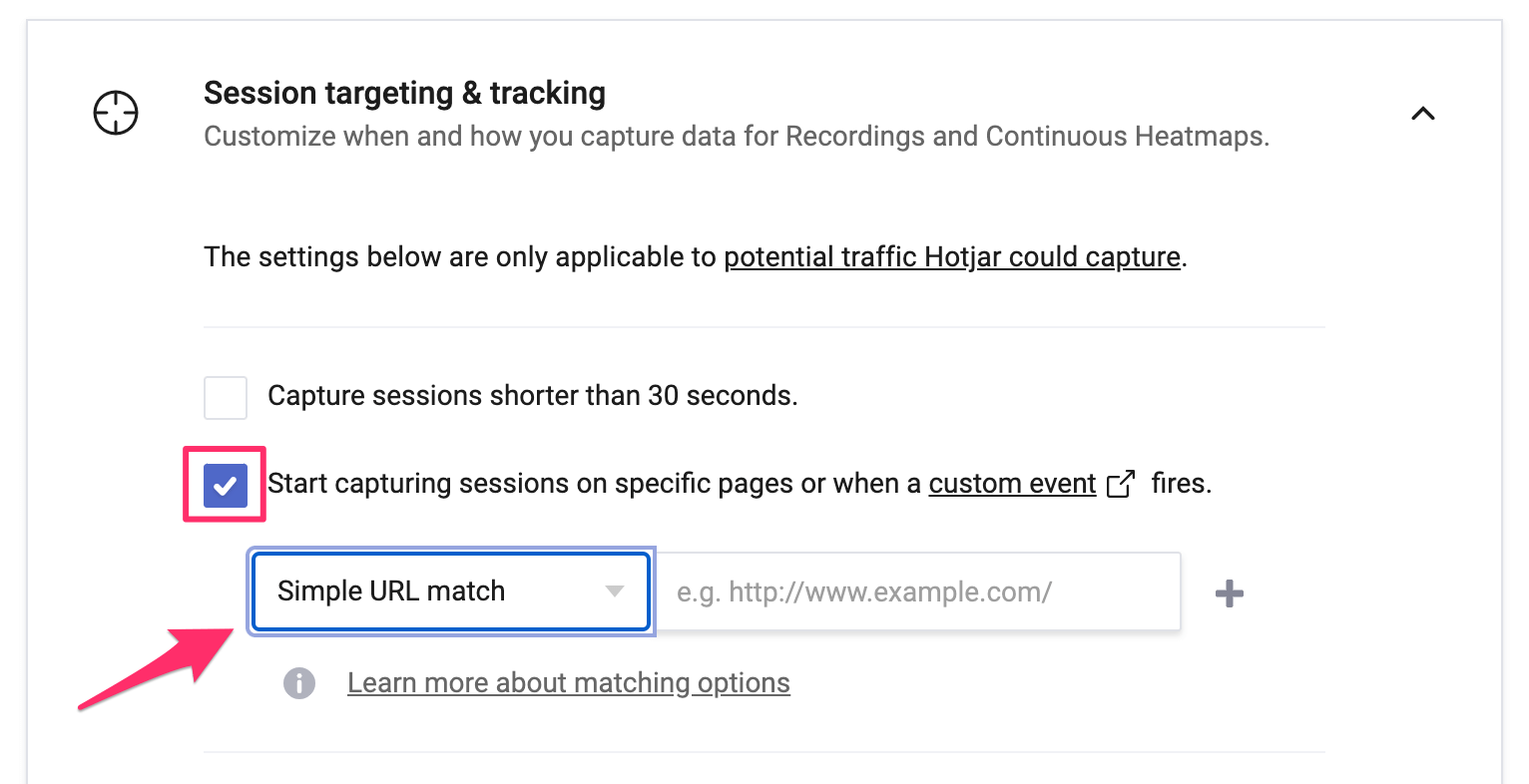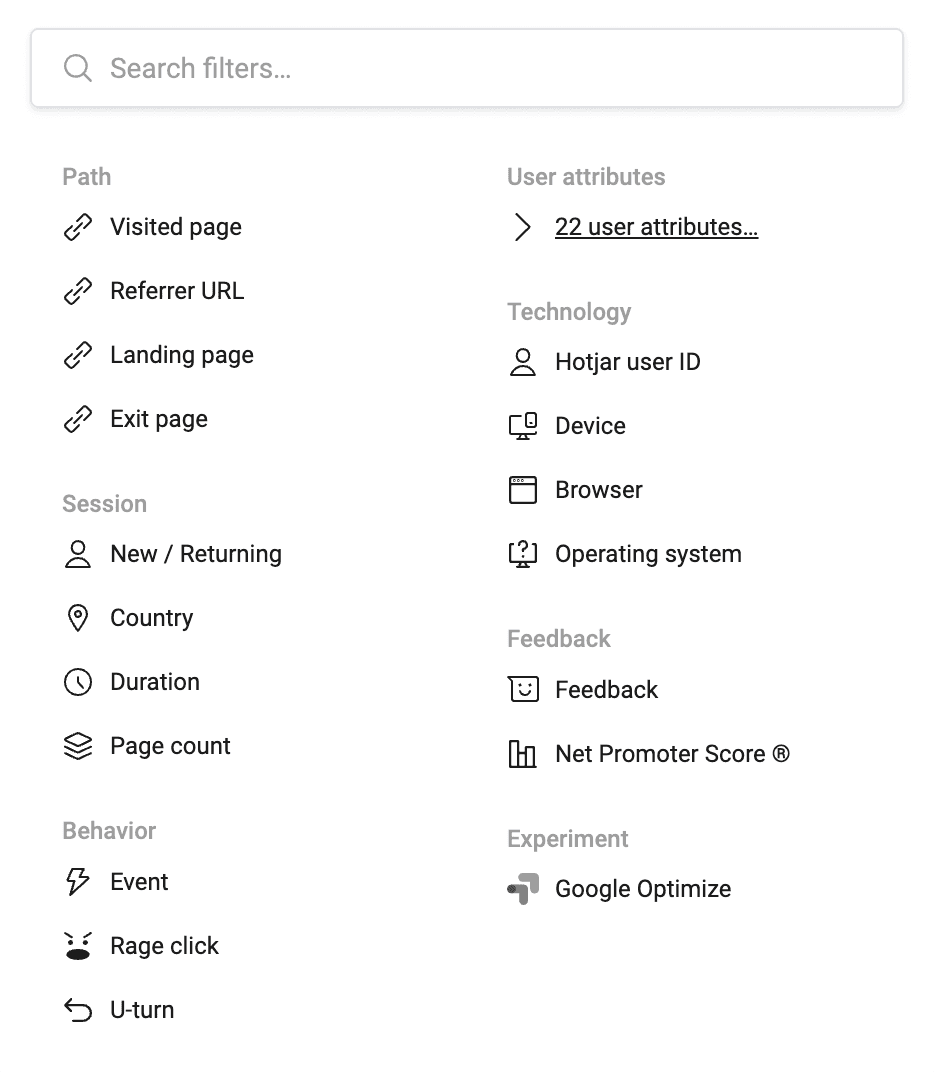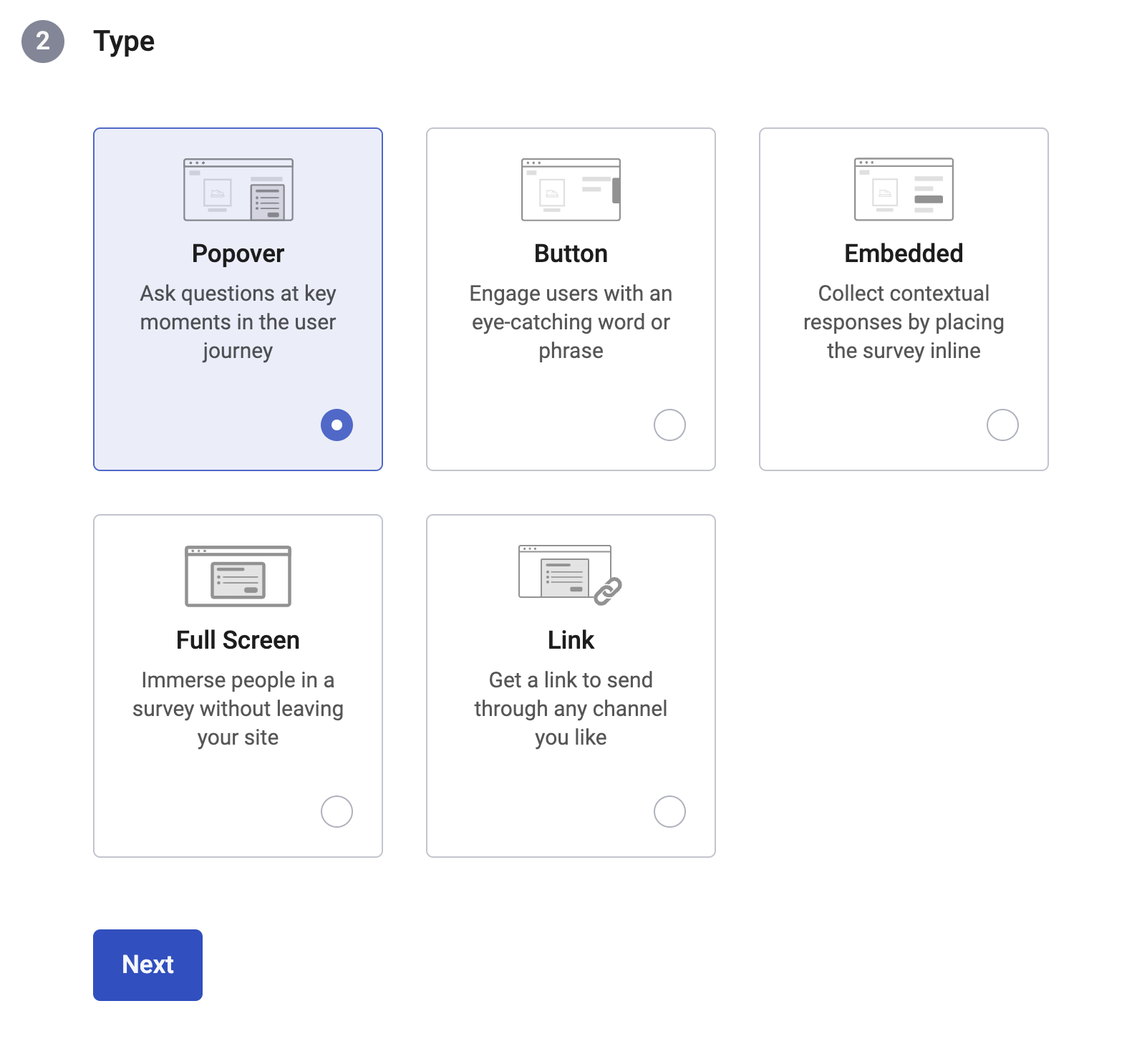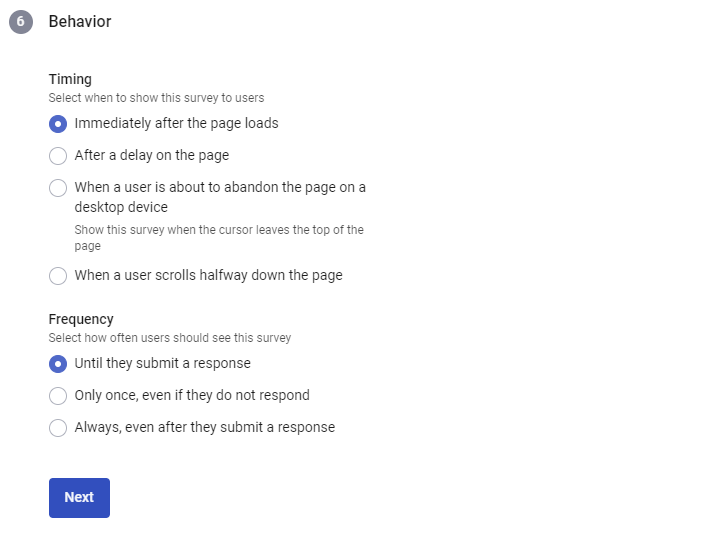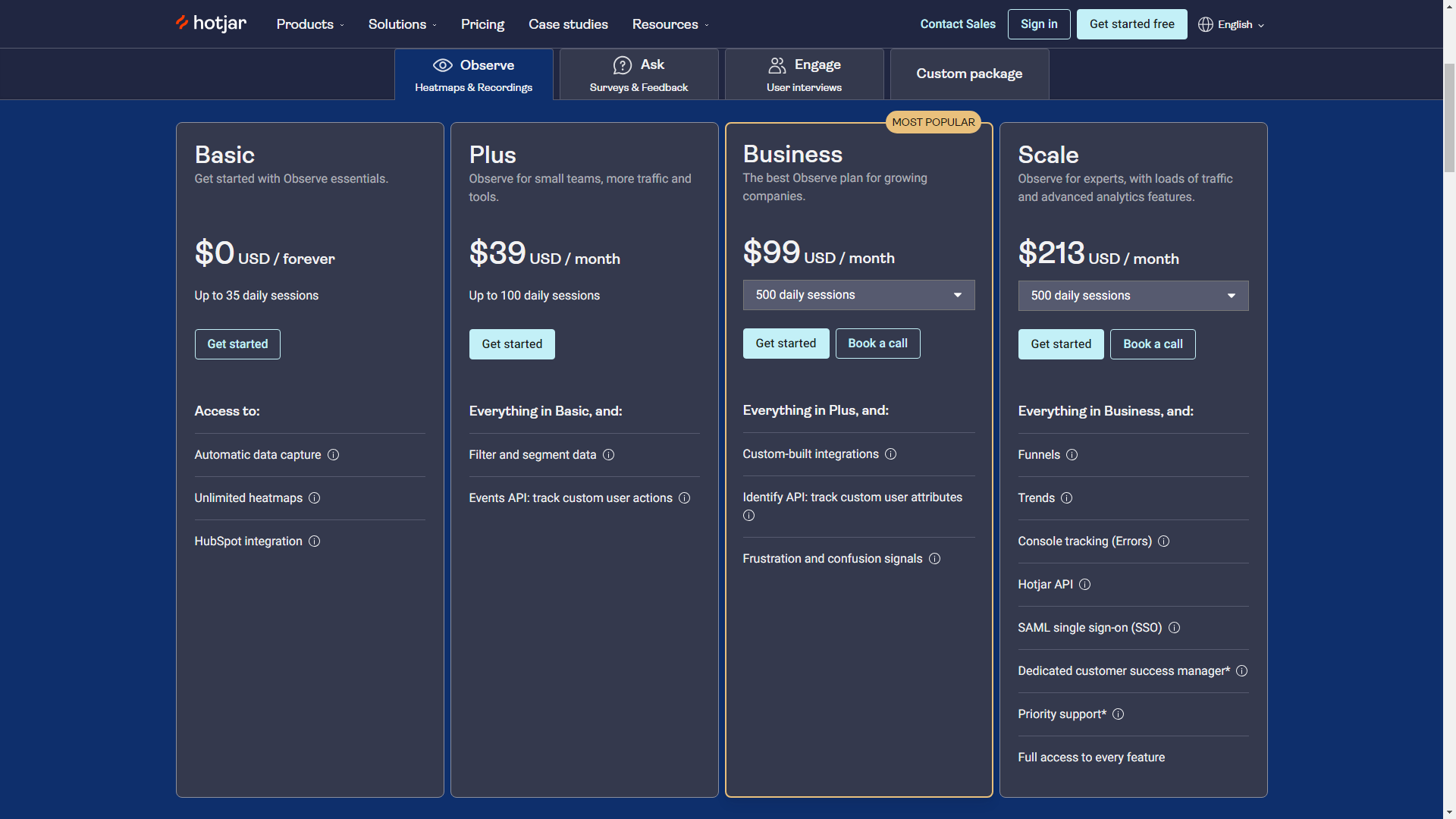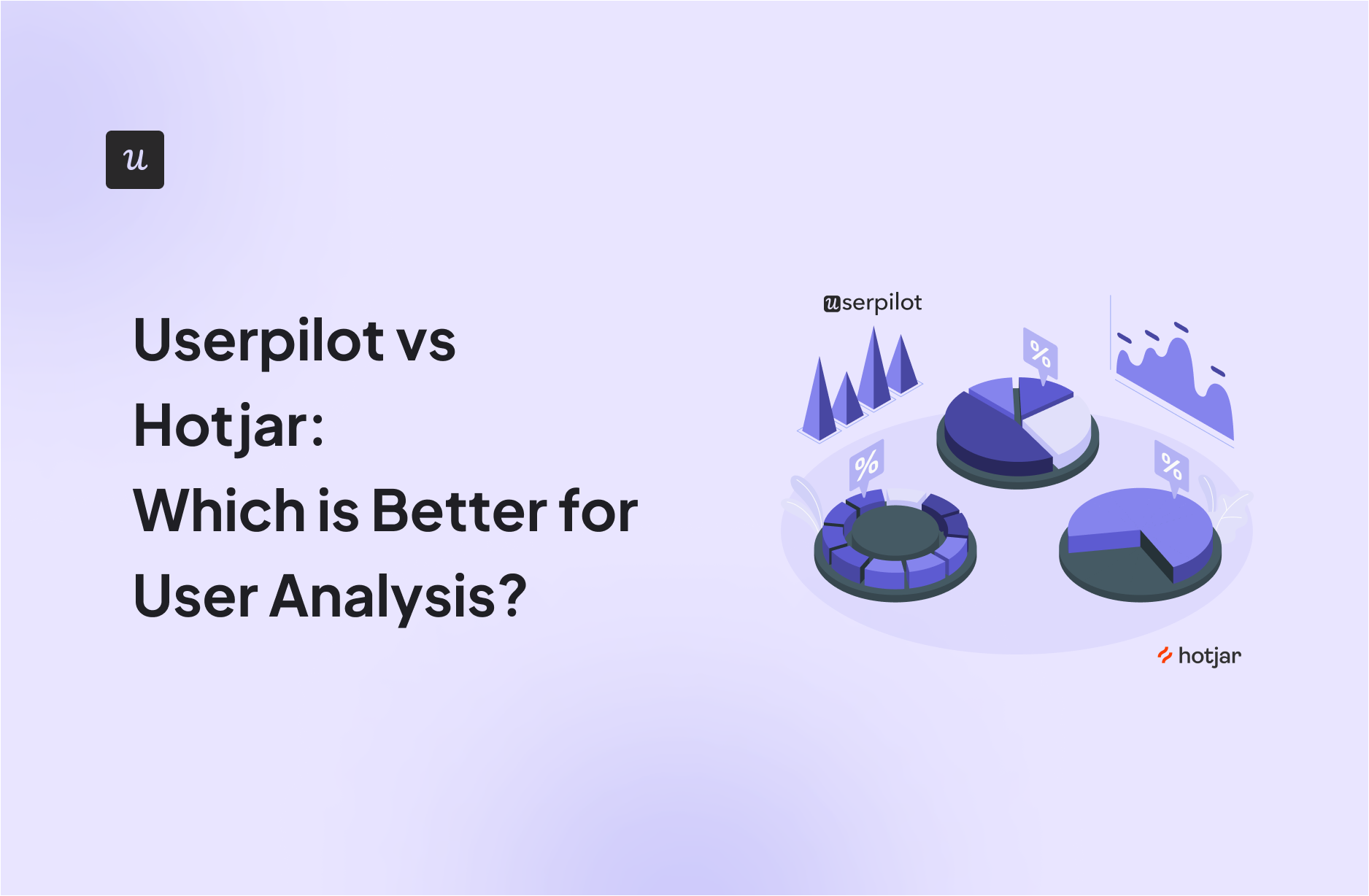
Is Userpilot or Hotjar the best tool for user analytics? Is there a better software that would better fit your needs?
With so many alternatives on review sites, it’s a bit tricky to choose one.
You need to consider your priorities and what functionality you’ll need from the tool to get the job done. Then there’s also the price that needs to match your budget. Right?
In this post, we’ll discuss exactly that – what the perfect tool for performing user analysis should deliver and which will be the best choice for your company’s needs.
Let’s dive in!
Get The Insights!
The fastest way to learn about Product Growth, Management & Trends.
Overview of Userpilot vs Hotjar for user analysis
- Let’s explore how Userpilot and Hotjar compare when it comes to performing user analysis.
- Userpilot is a product growth platform that drives user activation, feature adoption, and expansion revenue. It also helps product teams collect user feedback, streamline onboarding, and gather actionable insights from analytics.
- Hotjar’s user analytics mostly focus on the actions and behaviors that users perform/exhibit during sessions on your website or web application.
- Userpilot is a digital adoption platform (DAP) which means its feature set is bound to have broader coverage than a specialty heatmap tool like Hotjar. Here’s an overview of the unique advantages that Userpilot has:
- Analytics: Userpilot’s advanced analytics capabilities make it the most suitable product adoption and growth platform for mid-market SaaS companies. Features include a dedicated NPS dashboard, various usage metrics, and multiple report types to help you act on insights.
- Surveys: Userpilot accommodates up to 250 monthly survey responses on the entry-level Starter plan. In contrast, Hotjar limits you to monthly responses unless you pay an additional $59/month on top of your existing subscription cost.
- Flows: While Hotjar helps you monitor user activity, Userpilot lets you act on product insights and drive user behavior through no-code flows. Userpilot’s in-app UI patterns include tooltips, hotspots, modals, banners, survey widgets, resource centers, and more.
- Get a Userpilot demo and drive your product growth code-free.
What is user analysis?
User analytics is the process of capturing and analyzing user behavior within your product. This helps to understand how different segments act in-app, identify friction and drop-off points, and make data-driven decisions.
Must have features for user analytics tools
Choosing the right user analytics tool is important for understanding your customers’ behavior and optimizing their journey. Here’s what you should look for:
- Event tracking: The chosen tool should come with the ability to set up events for monitoring in-app behavior. It should be capable of tracking both client and server-side events so you can have a better understanding of how users interact with your product.
- Analytics dashboards: These include no-code reports and dashboards that you can easily build to draw meaningful insights from collected data. It’s also highly recommended that these dashboards have advanced segmentation filters so you can filter data for a better understanding of specific user groups.
- Surveys: In addition to behavioral data, it’s also necessary that the chosen tool is capable of collecting and analyzing feedback. Such direct data from customers can help you understand customer expectations and work on improving your product.
Userpilot for user analytics
User analytics lets you track and analyze the behavior of users within your product. Userpilot lets you filter through customers from a unified dashboard, extract insights from specific segments or time periods, and create custom segments for all users who meet certain conditions. Here’s an overview of Userpilot’s analytics features:
- Users dashboard: Userpilot’s users dashboard gives you an overview of all user data in one place. You’ll be able to filter by segments, which companies users are from, or when they were last seen active. You can also export data in bulk as a CSV or perform actions on individual users.
- User and company profiles: Here you can view data related to a certain user/company to gain insights into their behavior i.e. Top events, Top pages, Sessions, Sentiment – user’s feedback (NPS & Survey), etc. With such granular insights, you can go one step further with your personalization efforts.

- Audience insights: Much like the overview dashboard, the Insights section lets you filter metrics by segment, company, and time period. You’ll be able to choose between a daily, weekly, or monthly view and then compare data between the current and previous time periods.
- Conditional segmentation: Practical use cases for user analytics include creating segments for all users that meet certain conditions. For instance, you could reach out to companies in a certain country when creating a new flow or target customers who have tried certain features.
- Saved reports: With Userpilot, you can create funnels, trends, retention tables, and path reports. The saved reports dashboard lets you view, edit, duplicate, or delete any trend and funnel reports you’ve created. You’ll also be able to sort by report type, filter by the teammate who created the report, or export in bulk if you need a CSV of your user analytics.
- Dashboards: Once you log in to Userpilot, you will see a collection of dashboards that collects all your key product metrics, like product usage, user activation, feature engagement, etc. These dashboards are automatically available without you having to set anything up.
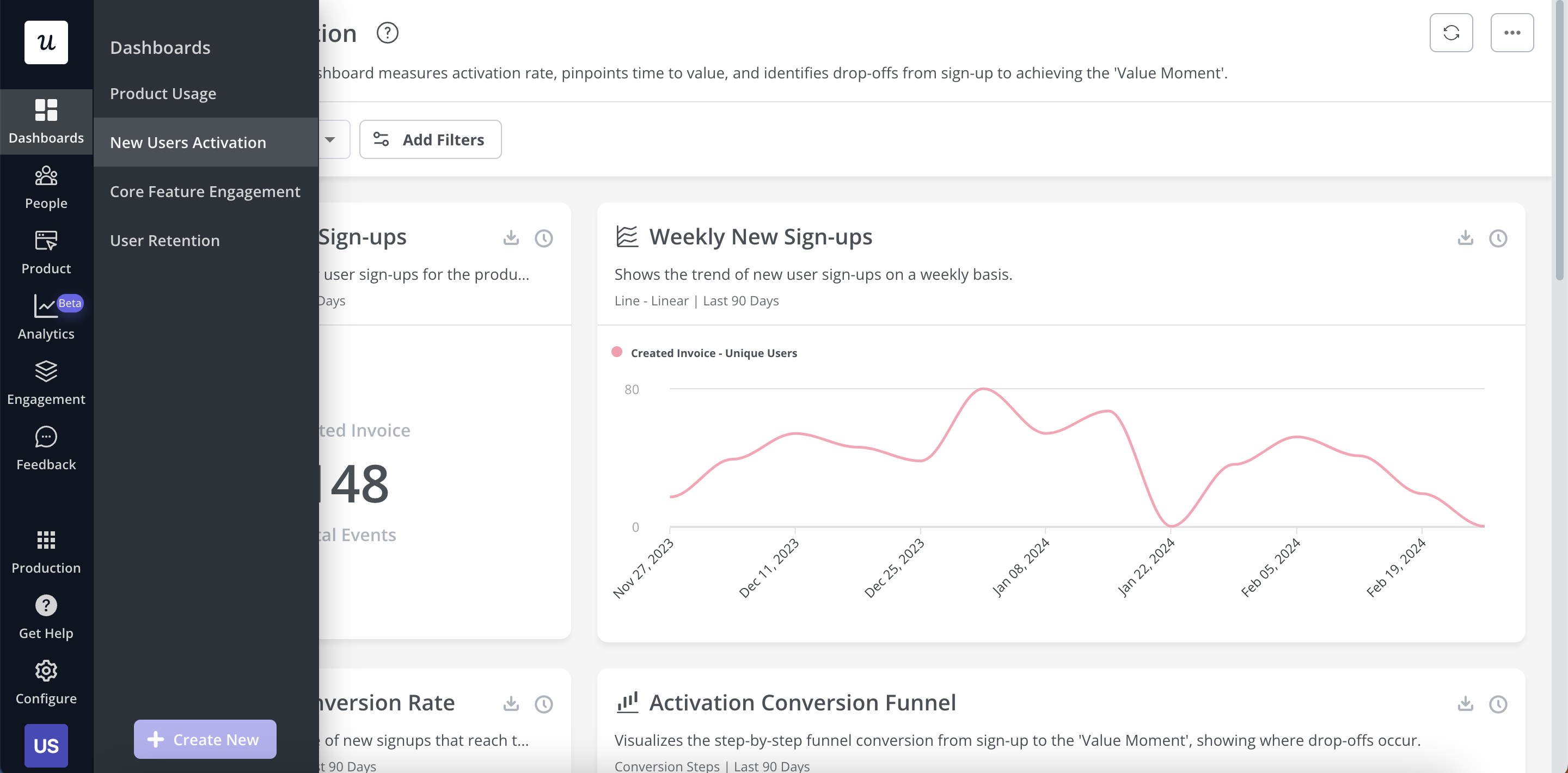
In-app events in Userpilot
Tracking and analyzing event data gives you a better understanding of user behavior so you can capitalize on opportunities to improve the in-app experience.
Here are the ways you can use Userpilot as an event-tracking tool:
- Event tracking: The Userpilot flow builder lets you track custom events by tagging individual features (Feature Tag), by API (called Tracked Events) or by setting them up using a combination of feature tags and tracked events (Custom Events).
- Data integrations: Userpilot has native integrations with popular analytics tools like Amplitude, Mixpanel, Google Analytics, and more. This makes it possible to sync your event data across multiple tools within your tech stack.
In-app surveys in Userpilot
In-app surveys are an effective way to collect direct feedback from users without being at the whim of their email inboxes. Userpilot’s built-in functionality lets you create surveys, translate them, and track granular survey analytics that offers additional user insights.
Here are the Userpilot features you can use when building in-app surveys:
- Survey templates: Userpilot’s no-code survey builder has 14 templates to choose from. These include NPS, CSAT, and CES surveys among others for collecting quantitative and qualitative feedback from users. You can add a series of questions to gather valuable insights.
- Survey translation: Userpilot’s AI localization feature lets you translate surveys in a matter of minutes. All you need to do is add the desired locale and leave the rest to Userpilot. You can also make manual tweaks to translations if needed.
- Advanced analytics: Userpilot has detailed analytics that shows what percentage of users chose a specific option, summarizes the most popular choices, and lets you browse through open-ended responses to extract insights from qualitative feedback.
Hotjar for user analytics
User analytics are crucial for tracking and increasing product adoption. Hotjar’s user analytics mostly focus on the actions and behaviors that users perform/exhibit during sessions on your website or web application.
Here’s an overview of the user metrics that Hotjar’s session recordings track:
- Country: All session recordings will tell you which country the user was from so you can identify untapped markets and target your content localization efforts accordingly. Note that this geographic data may not be 100% reliable if your website visitors are using a VPN.
- Relevance: Each session recording is assigned a relevance score to help you figure out which recordings are worth reviewing. The score is based on multiple factors, including how long the user’s session lasted, how many pages they visited, the number of actions, and more.
- Engagement: Every session has engagement and frustration scores on a scale of 1-3. This will help you spot, at a glance, the engagement level and psychological valence behind the session (i.e. how positive or negative the experience was).
In-app events in Hotjar
Event tracking is a cornerstone of gathering user insights and optimizing your product based on actual usage. Hotjar lets you collect event data from multiple sources, set triggers for recordings or surveys, and filter your data by specific events.
Here’s an overview of how Hotjar’s event tracking works:
- Sources: Installing the code for Hotjar’s Events API into your data source is all it takes to start receiving event data. This is only an option for customers on the Plus, Business, or Scale plans that Hotjar offers for its Observe and Ask solutions.
- Triggers: Once your event tracking is set up, you can use the occurrence of specific events as a trigger for surveys to appear or sessions to be recorded. This helps you collect customer feedback at the most contextual moments and decide which sessions are worth recording.
- Filters: Lastly, events tracked using Hotjar can also be used as filters. This will help you find the heatmaps, session recordings, or survey responses that are most relevant. For instance, you could add a filter to only display sessions where users encountered an error or bug.
In-app surveys in Hotjar
In-app surveys are the most effective way to collect customer feedback because they allow users to share their experience while actively using the product. Hotjar Ask includes surveying features with customizable placement, advanced targeting, and pre-built templates.
Here’s how you can use Hotjar to build in-app surveys:
- Positioning: Hotjar has multiple survey types that you can choose from. These include links, buttons, small widgets, embedded surveys, and full-screen overlays. Each type will also look different depending on what type of device the user is on.
- Targeting: The targeting settings let you select which platforms — desktop, tablet, and/or mobile — you’d like your surveys to show up on. You can also target individual pages and users or set a limit for the total percentage of website traffic that sees a survey.
- Templates: Hotjar’s template gallery has 42 unique survey templates that you can use to save time when building new surveys. Most of the available templates center around product research/feedback but there are also options for customer satisfaction benchmarking.
Pros and cons of Userpilot
While Userpilot’s versatile feature set and relatively affordable entry-level plan make it an attractive option for most SaaS companies, there are bound to be certain scenarios where it simply isn’t the right tool for the job.
Here are a few scenarios where you should look for a different tool other than Userpilot:
- Tight budgets: Userpilot is the best option for mid-market SaaS companies who want to get the most bang for their buck with plans including unlimited feature usage, fully interactive walkthroughs, advanced analytics, integrations, and a wide array of feedback collection mechanisms — all starting at $299/month. However, early-stage startups with sub-$100 budgets may want to look into options like Intercom, UserGuiding, and Product Fruits.
- Employee onboarding: Userpilot’s Chrome extension and no-code flow builder only works with your product, meaning it can’t be used to onboard employees to third-party apps. For onboarding internal teams, WalkMe is a viable solution that you should consider.
- Mobile apps: Userpilot is only compatible with responsive web apps as a narrow focus is essential to providing the best functionality needed to onboard users. As such, those looking to onboard users to mobile apps should check out platforms like Appcues and Pendo.
Pros of Userpilot
As a full-suite digital adoption platform, Userpilot has all the features you need to onboard users, track analytics, and gather feedback from customers without writing a single line of code. Here are a few pros of using Userpilot as your product growth solution:
- No-code builder: Userpilot’s Chrome extension lets you build flows, add UI elements, and tag features without writing a single line of code.
- UI patterns: There are plenty of UI patterns to choose from when using Userpilot, such as hotspots, tooltips, banners, slideouts, modals, and more!
- Startup-friendly: Userpilot’s entry-level plan gives you access to all available UI patterns so you can hit the ground running.
- Walkthroughs and flows: Build engaging interactive walkthroughs and personalized onboarding flows that target specific segments of your user base.
- Self-service support: Build an in-app resource center to help users solve problems, customize its appearance to align it with your brand, and insert various types of content (videos, flows, or chatbots) to keep your customers satisfied.
- A/B testing: Userpilot’s built-in A/B testing capabilities will help you split-test flows, iterate on the best-performing variants, and continually optimize based on user behavior.
- Feedback collection: Userpilot has built-in NPS surveys with its own unified analytics dashboard and response tagging to help you retarget users. There are other survey types to choose from and you can even create your own custom survey.
- Survey templates: There are 14 survey templates to choose from so you can gather feedback on specific features or run customer satisfaction benchmarking surveys like CSAT and CES.
- Advanced analytics: Userpilot lets you analyze product usage data, monitor engagement on all in-app flows, and use the data to create user segments that are based on behaviors instead of demographics.
- Event tracking: Userpilot’s no-code event tracking lets you tag UI interactions (hovers, clicks, or form fills) and group them into a custom event that reflects feature usage.
- Third-party integrations: Userpilot has built-in integrations with tools like Amplitude, Mixpanel, Kissmetrics, Segment, Heap, HubSpot, Intercom, Google Analytics, and Google Tag Manager so you can share data between all the solutions in your tech stack.
Cons of Userpilot
Of course, no tool is perfect and there are a few cons to consider before choosing Userpilot as your user onboarding or product growth solution:
- Employee onboarding: Currently, Userpilot only supports in-app customer onboarding.
- Mobile apps: Userpilot doesn’t have any mobile compatibility which could make it difficult for developers with cross-platform applications to create a consistent user experience for both versions of their product.
- Freemium plan: There’s no freemium Userpilot plan so those bootstrapping their startup and need sub-$100 solutions should consider more affordable onboarding platforms like UserGuiding or Product Fruits.
Pros and cons of Hotjar
Because of Hotjar’s feature limitations and restrictive pricing, there are some scenarios where looking for an alternative solution would be the best choice:
- Freemium: Those looking for a good freemium experience should look elsewhere as the Basic plans for all of Hotjar’s products are far too limited to deploy in any meaningful capacity. Alternatives like Smartlook offer freemium plans for up to 3,000 sessions (instead of 35).
- Mobile: Hotjar is only compatible with websites or web applications which means that it can’t be used for mobile apps. Those developing software for mobile devices or cross-platform use should look for alternatives with mobile support (such as the aforementioned Smartlook).
Pros of Hotjar
Hotjar is the most popular heatmap tool on the market and it has quite a few unique benefits:
- Map Variety: Hotjar has maps for clicks, cursor movement, scrolling, and rage clicks to give you a holistic view of user behavior on your website. Other heatmaps only show you clicks or session replays which lack the context and depth that Hotjar provides.
- Intuitive UI: Hotjar’s interface is colorful, intuitive, and easy to navigate. The toolbar on the right gives you direct access to recording actions and session information without cluttering the rest of your screen.
- User Feedback: Hotjar offers multiple options for gathering user feedback, including feedback modules and surveying features. You can also use Hotjar Engage to connect with over 200,000 participants and test your designs or hypotheses on them instead of your customers.
Cons of Hotjar
Despite being the most well-known heatmap solution, Hotjar has its fair share of notable cons:
- Freemium Limitations: While Hotjar does have free versions of its Observe, Ask, and Engage tools, the freemium experience is quite limited. For instance, the free version of Hotjar Observe can only track 35 sessions per day which will severely limit the sample size of your data.
- Data Sampling: Rather than monitoring and compiling data from all sessions, Hotjar only samples data from website visitors once traffic exceeds the allowances on your Observe plan. This could lead to skewed reporting during high-volume periods.
- Funnel Tracking: Hotjar’s funnel tracking capabilities are quite limited compared to its closest competitors. Despite this, funnel analysis is only available on its highest subscription tier — the Scale plan that starts at $213/month and increases to $827/month for 2.5k sessions.
Userpilot vs Hotjar: Which one fits your budget?
Understanding the cost implications is paramount when selecting the right solution for user analysis, so here’s a detailed pricing comparison of Userpilot and Hotjar.
Pricing of Userpilot
Userpilot offers flexible pricing based on your monthly active users (MAUs). Plans start at $299 per month for smaller teams and scale as your user base grows.
Below are the pricing tiers you can choose from:
- The Starter plan begins at $299/month (billed annually) for up to 2,000 monthly active users. It includes in-app user engagement, usage trend analysis, NPS surveys, and essential product analytics—ideal for mid-market SaaS teams getting started.
- The Growth plan starts at $799/month (billed annually) and adds advanced analytics, retroactive event auto-capture, in-app surveys, session replay, and more. It’s the most popular choice for growing teams that need deeper insights and scale.
- The Enterprise plan offers custom pricing and includes everything in Growth, plus bulk data handling, custom roles and permissions, SOC 2 Type 2 compliance, and enterprise-level support.

Pricing of Hotjar
Hotjar’s has a free version (Basic) while its entry-level paid plan (Plus) starts at $39/month. Its Business and Scale plans start at $99/month and $213/month, respectively, but incorporate a usage-based pricing model — which means your subscription cost will increase as daily sessions grow.
For instance, the Business tier will cost $789/month for 8k daily sessions, while the Scale plan will cost $827/month for just 2.5k daily sessions. Switching to an annual billing schedule can save you 20% on all of Hotjar’s paid plans.
Here’s an overview of Hotjar’s four plans to choose from:
- Basic: Hotjar’s free Basic plan can accommodate up to 35 daily sessions and includes automatic data capturing, unlimited heatmaps, and access to the HubSpot integration. Once your website passes 35 daily sessions, you’ll need to upgrade to one of Hotjar’s paid plans.
- Plus: The entry-level Plus plan starts at $39/month and can accommodate up to 100 daily sessions. It also includes features like filtering/segmenting data and an event-tracking API for custom user actions.
- Business: The Business plan starts at $99/month and can accommodate up to 500 daily sessions at the base price. It includes access to 25 integrations, the Identify API for tracking customer user attributes, and frustration/confusion signals like rage clicks or U-turns.
- Scale: The Scale plan starts at $213/month and can accommodate up to 500 daily sessions at the price price. It includes funnel analysis, trends reports, console tracking, a dedicated success manager, and direct access to the Hotjar API.
Note: The prices above are for Hotjar Observe — which includes heatmaps and behavioral analytics. To conduct surveys or interviews, you’ll need to pay extra for either Hotjar Ask or Hotjar Engage. Both tools have free tiers, but they’re quite limited.
Userpilot vs Hotjar – Why Userpilot might be a better choice?
Userpilot is a digital adoption platform (DAP), which means its feature set is bound to have broader coverage than a specialty heatmap tool like Hotjar. Here’s an overview of the unique advantages that Userpilot has:
- Analytics: Userpilot’s advanced analytics capabilities make it the most suitable product adoption and growth platform for mid-market SaaS companies. Features include a dedicated NPS dashboard, various usage metrics, and multiple report types to help you act on insights.
- Surveys: Userpilot accommodates up to 250 monthly survey responses on the entry-level Starter plan. In contrast, Hotjar limits you to monthly responses unless you pay an additional $59/month on top of your existing subscription cost.
- Flows: While Hotjar helps you monitor user activity, Userpilot lets you act on product insights and drive user behavior through no-code flows. Userpilot’s in-app UI patterns include tooltips, hotspots, modals, banners, survey widgets, resource centers, and more.
What do users say about Userpilot?
Most users laud Userpilot for its versatile feature set, ease of use, and responsive support team:
I recently had the pleasure of using Userpilot, and I must say it exceeded all my expectations. As a product manager, I’m always on the lookout for tools that can enhance user onboarding and improve overall user experience. Userpilot not only delivered on these fronts but also went above and beyond with its impressive new features, unparalleled ease of use, and truly exceptional customer support.
What truly sets Userpilot apart is its outstanding customer support. Throughout my journey with Userpilot, the support team has been responsive, knowledgeable, and genuinely dedicated to helping me succeed. Whenever I had a question or encountered an issue, their support team was always there to assist promptly, going above and beyond to ensure my concerns were addressed effectively.
Source: G2.
Of course, other users are also kind enough to share constructive criticism regarding specific features like event tracking filters:
“The filtration while analyzing specific events is a little confusing. Understanding of custom properties and data management configuration could have been more organised.”
Source: G2.
Conclusion
This is the end of our thorough comparison between Userpilot and Hotjar. You should be able to make a confident decision by now. If you’re looking for a solid tool for user analytics that promises great value for money, give Userpilot a go. Book a demo today.

